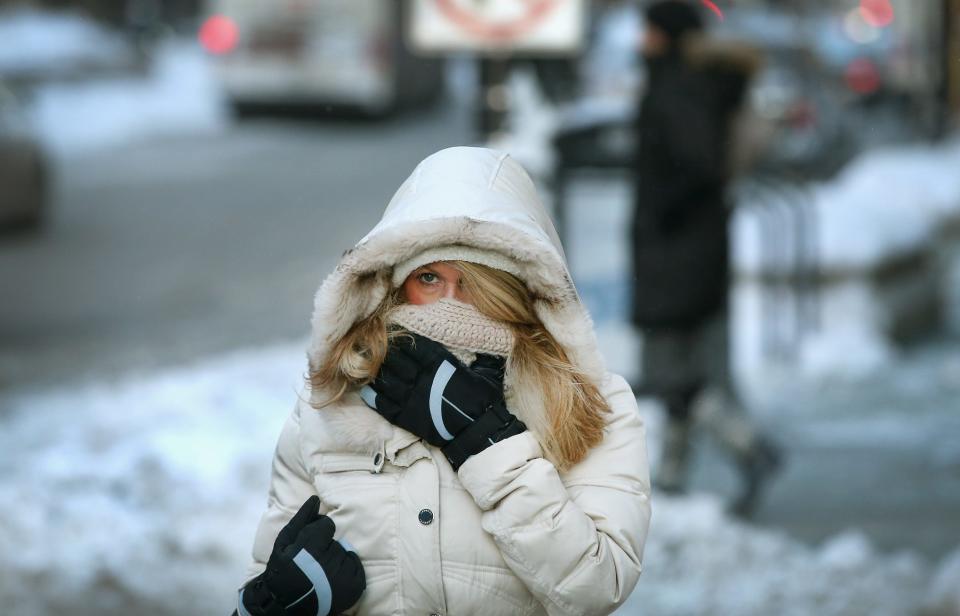How cold and snowy will US winter be? Why October snow in Siberia could hold the answer.
If you want to know just how cold and snowy the winter here in much of the U.S. will be, look no further than far away Siberia, the "refrigerator for the Northern Hemisphere," meteorologist Judah Cohen says.
Indeed, the amount of October snow cover across that vast Russia province thousands of miles away is the key to the winter forecasts Cohen puts out for the U.S. each year through Atmospheric and Environmental Research, a Verisk Analytics company.
The forecast is used by private clients from the insurance and energy sectors, he said. But the readers of the blog, which is free, are much more varied, including people from sectors such as agriculture, emergency management, wildlife management, public works, snow plow operators, media and many others.
According to Cohen, the snow that falls this month in Siberia will help determine the severity of our winter weather, especially in the central and eastern U.S. Cohen says the forecasts that include Siberian snow have been right about 75% of the time over more than two decades.
Here's why Cohen's forecasts make the connection and when data for this winter will be available:

How would Siberian snow affect our weather?
Snow reflects about 70% to 80% of the sun's warmth back into space, while a bare ground reflects only 20%. October is when Siberia and the entire Eurasian region sees its greatest expansion of snow cover, sometimes increasing as much as six million square miles, larger than the total land area of the U.S., including Alaska.
Just how snow-covered Siberia gets in fall helps Cohen formulate his forecast because that icy cold air over the region will slowly slosh into Europe and eventually into North America by mid-winter. Essentially, more snow in Siberia equates to colder air and the potential for more snow than normal in the U.S.
What is the polar vortex?: In-depth look at how it can affect winter weather in the US.
The cycle also affects large-scale climate patterns, with more snow cover often resulting in the infamous polar vortex more frequently spilling unspeakably frigid air down into the eastern U.S., or dipping temperatures even lower in a single cold spell.
It also tends to turn the Arctic Oscillation climate pattern "negative," another sign of a colder winter in the East.
Cohen's research on these complex interactions continues to evolve. Recently, he's been researching what happens when the polar vortex becomes elongated, stretching out like a rubber band. "When the PV stretches, the likelihood of severe winter weather in the U.S. greatly increases," he said.
Not a western US forecast
Siberia's snow doesn't typically affect the West's winter forecast because the cold air it helps funnel down from the Arctic tends to get blocked by the region's mountains, and it doesn't play a role in precipitation there either.
Cohen, whose research is funded by the National Science Foundation, said he found the link between Siberia's snow cover and U.S. weather by accident. As a postdoctoral fellow, he ran global climate modeling experiments to determine the influence of unusual North American snow cover over other large-scale climate patterns.
Instead, he found the strong relationship that now forms the basis of his predictions, which he says have been 75% accurate since he began including Siberian snow cover as a factor in winter forecasts in 1999.
Last winter, he correctly predicted the mild winter that most of the eastern U.S. experienced. "The one region that we may have missed were the cool temperatures in the southwestern U.S.," he told USA TODAY.
Cohen's winter weather forecast will be posted to his blog on the last week of November.
This article originally appeared on USA TODAY: What's the forecast for winter 2023-24 in US? Russia snow gives clue.
Solve the daily Crossword

